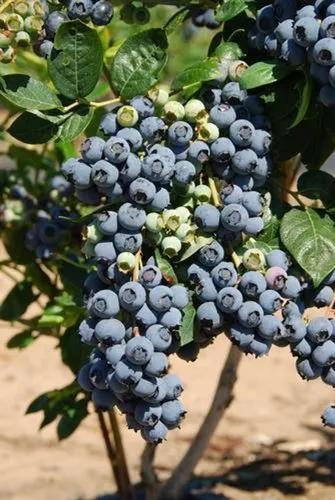With its astringent fruit and glossy leaves, the noni (Morinda citrifolia) combines useful and ornamental traits into one showy, evergreen shrub. Because of its specific climate requirements and imposing size, which can overwhelm smaller gardens, it's not often sold at garden centers. But the noni's lush looks and low maintenance needs make it an interesting hedging or specimen plant for large yards in warm climates.
Indian Mulberry Care
Morinda Citrifolia



How to Care for the Plant

Water

An established noni shrub is drought-tolerant and will survive three to six months of dry weather with minimal watering without significant damage. The shrub will look better and suffer fewer problems if it is occasionally watered during the summer

Fertilizer

A noni shrub seldom requires fertilizer and overfeeding makes it more susceptible to insect pests such as aphids, scale insects and whiteflies. A noni grown in sandy or poor soil may develop nutrient imbalances that require feeding to correct.

Sunlight

Full sun is best, but a noni will also tolerate light shade. Deep shade decreases flowering and fruiting and may shorten the lifespan of the shrub.

Soil

A noni shrub is highly adaptable to different soil types, but it must be fast-draining to prevent root rot, nematodes and other diseases.

Temperature

As a tropical plant, the noni will not tolerate low temperatures over an extended period of time. Foliage damage and loss often occur when temperatures dip to 60 to 55 degrees Fahrenheit. T

Popularity

724 people already have this plant 111 people have added this plant to their wishlists
Discover more plants with the list below
Popular articles






